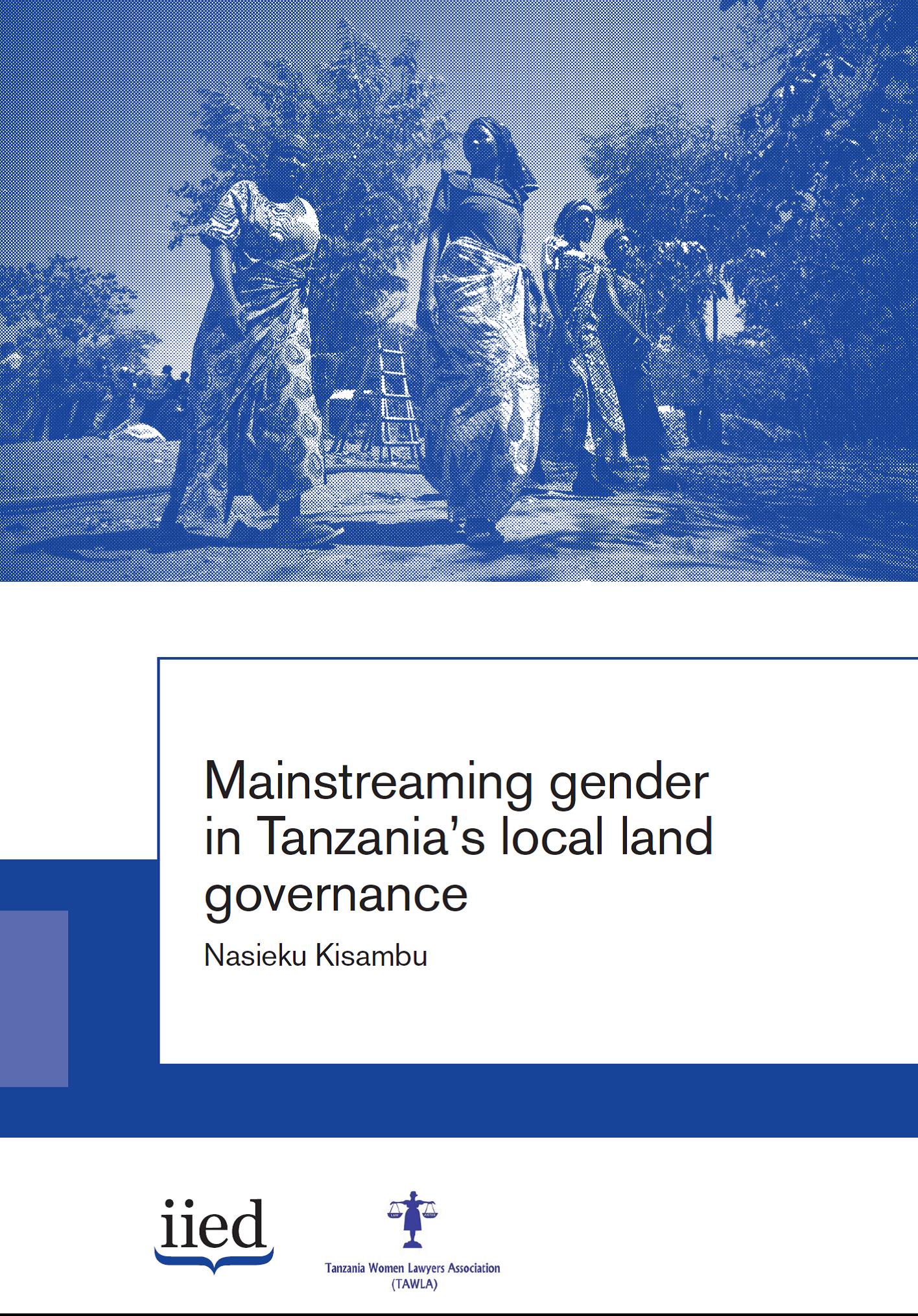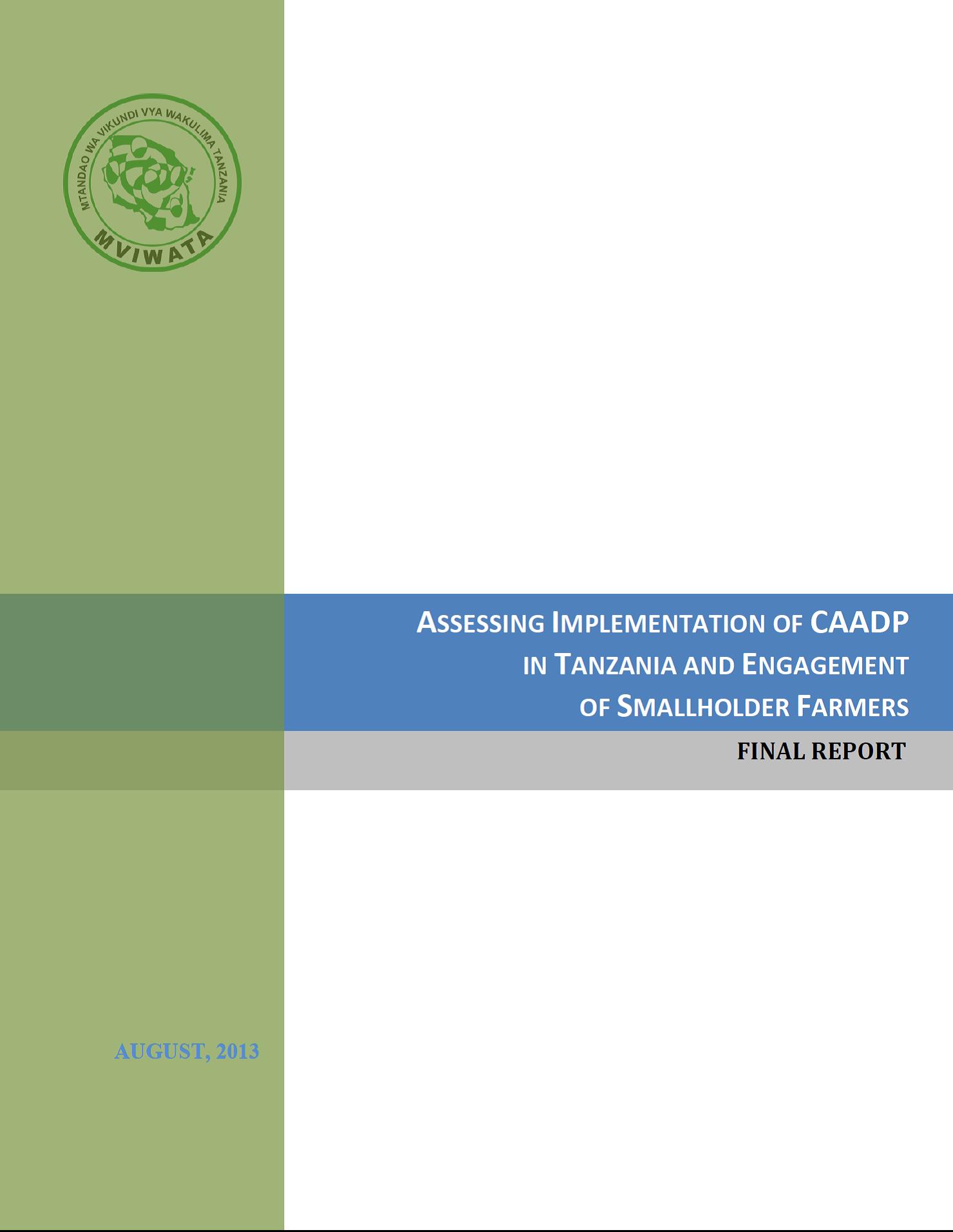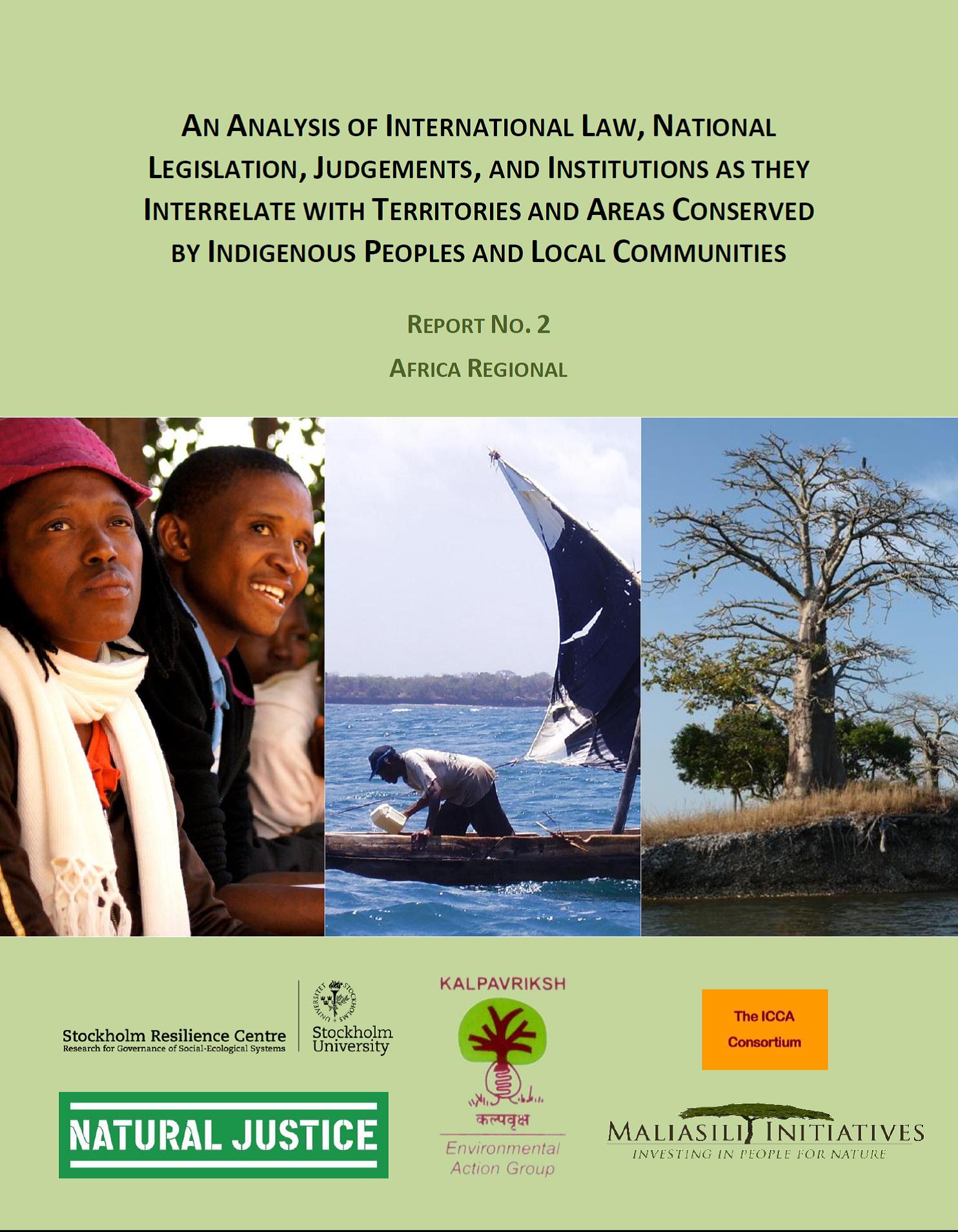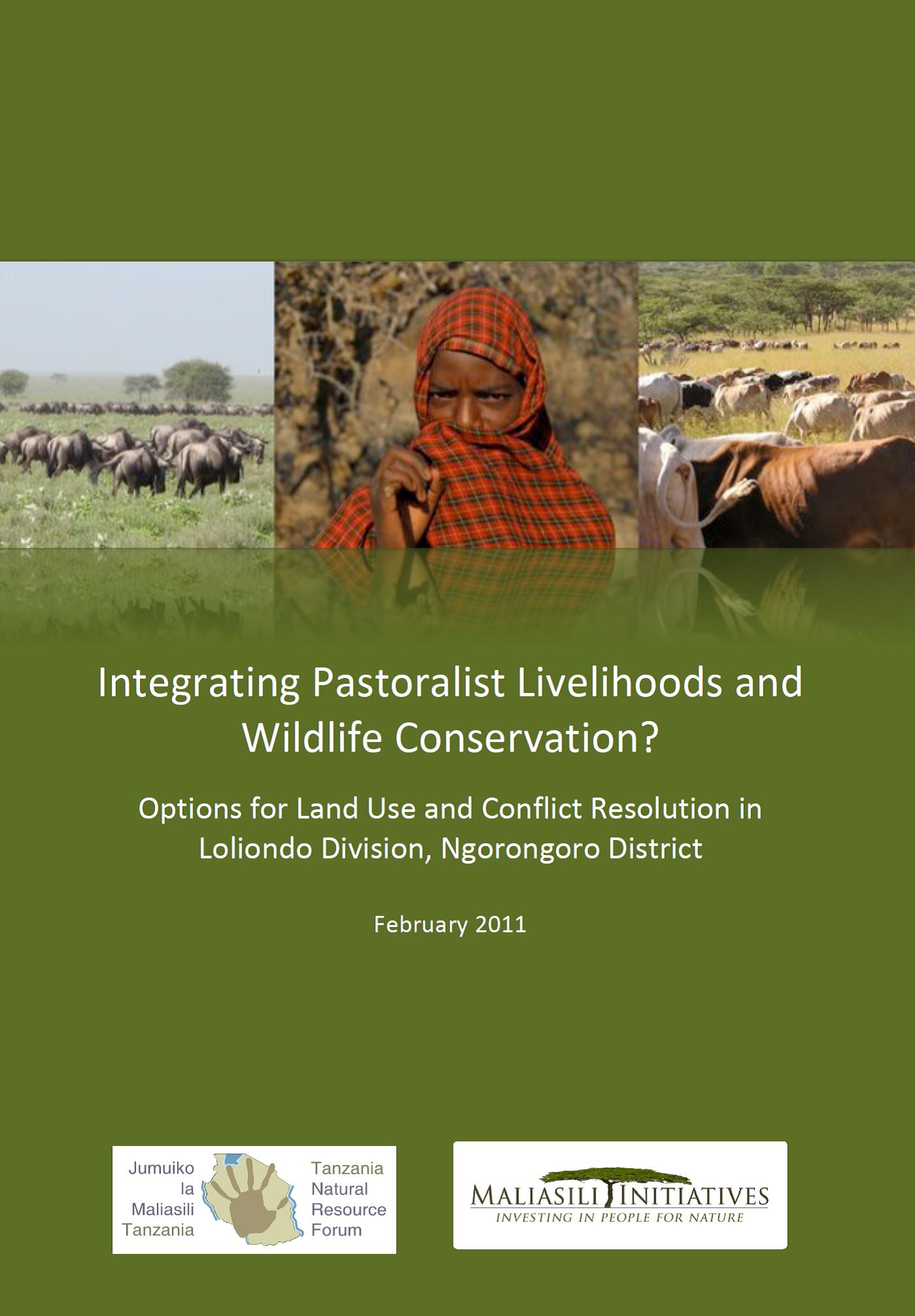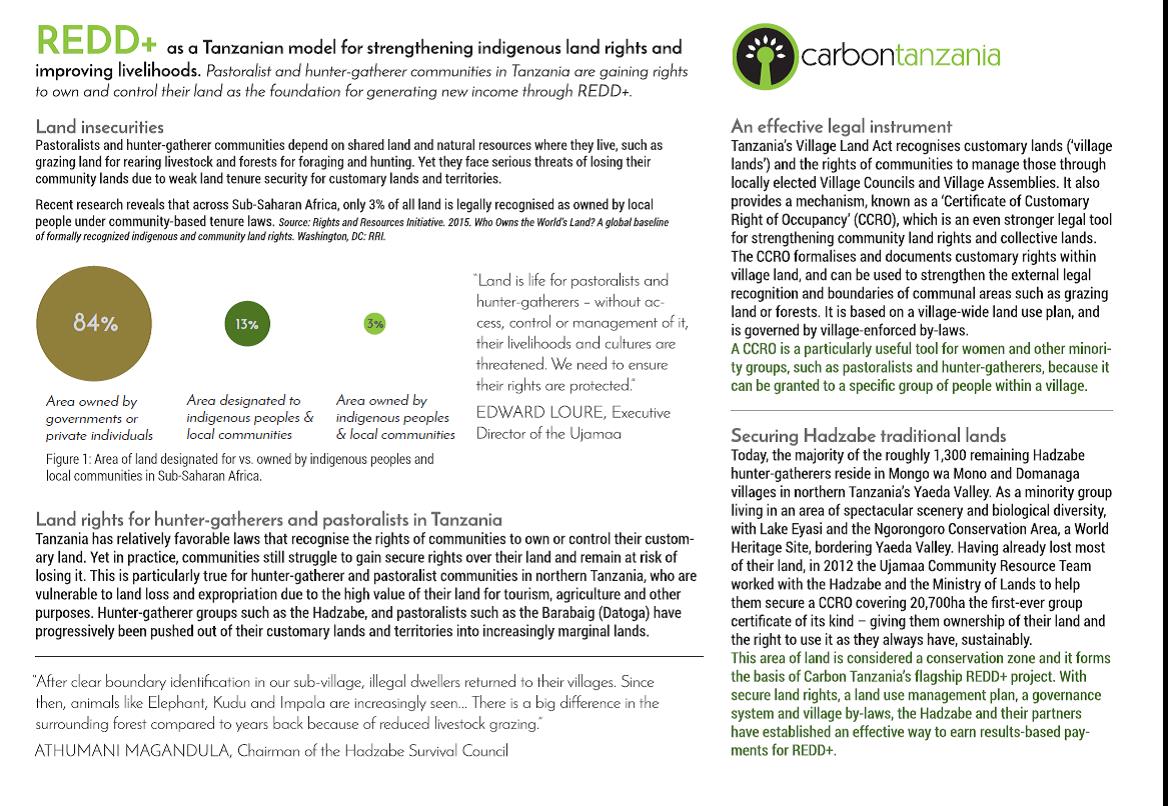Mainstreaming Gender in Tanzania’s Local Land Governance
Despite progressive provisions on gender equality in Tanzania’s land laws, women have little representation in land allocation decisions, including meetings of village councils and village assemblies. Mainstreaming gender in local regulations can help to address this problem.
Assessing Implementation of CAADP in Tanzania and Engagement of Smallholder Farmers
Specific objectives of the study included reviewing the state of implementation of CAADP in Tanzania in the context of on-going multiple development initiatives; identifying and analyse gaps on policies and frameworks related to CAADP implementation; making objective analysis of commitment of the Government of Tanzania to 2003 Maputo Declaration; and assessing engagement of small scale farmers in CAADP process in Tanzania
Assessing Impact of Biofuel Investments on Local Livelihoods in Tanzania
The main objective of this study was to assess the impacts of biofuel investments in local livelihood systems and local economy in Tanzania.
Conservation and “Land Grabbing” in Rangelands: Part of the Problem or Part of the Solution?
Large-scale land acquisitions have increased in scale and pace due to changes in commodity markets, agricultural investment strategies, land prices, and a range of other policy and market forces. The areas most affected are the global “commons” – lands that local people traditionally use collectively — including much of the world’s forests, wetlands, and rangelands. In some cases land acquisition occurs with environmental objectives in sight – including the setting aside of land as protected areas for biodiversity conservation.
An Analysis of International Law, National Legislation, Judgements, and Institutions as they Interrelate with Territories and Areas Conserved by Indigenous Peoples and Local Communities
This report provides a synthesis of three country level case studies (Namibia, Senegal, Kenya) carried out in African countries as a part of the overall legal review of Indigenous People’s and Community Conserved Territories and Areas (ICCAs). This regional synthesis report also incorporates information and material from other African countries’ experiences with ICCAs, as documented in a range of other studies and publications.
An Analysis of International Law, National Legislation, Judgements, and Institutions as they Interrelate with Territories and Areas Conserved by Indigenous Peoples and Local Communities
Across the world, areas with high or important biodiversity are often located within Indigenous peoples’ and local communities’ conserved territories and areas (ICCAs). Traditional and contemporary systems of stewardship embedded within cultural practices enable the conservation, restoration and connectivity of ecosystems, habitats, and specific species in accordance with indigenous and local worldviews. In spite of the benefits ICCAs have for maintaining the integrity of ecosystems, cultures and human wellbeing, they are under increasing threat.
Integrating Pastoralist Livelihoods and Wildlife Conservation?
This report provides an overview of the conflict in Loliondo, reviewing historical information, current land uses and tenure arrangements.
Biofuels Investment and Community Land Tenure in Tanzania
One of the most wellknown biofuel investments was that of Bioshape, which acquired approximately 34,000 ha in Kilwa District for the cultivation of jatropha.
Securing Community Land Rights
In this publication two pioneering grassroots organisations from northern Tanzania examine and present their experiences and insights from their long-term work to secure the land rights of hunter-gatherer and pastoral communities. The case studies were presented at a one-day learning event held on 5th October 2012, when Pastoral Women’s Council (PWC) and Ujamaa Community Resource Team (UCRT) joined together to share and reflect on their work to secure land rights, to learn from each other, and to identify ways to build on their achievements moving forward.
‘Land grabbing’: is conservation part of the problem or the solution?
Large-scale land acquisitions are increasing in pace and scale, in particular across parts of Africa, Asia and Latin America. Weak governance and poor land use planning mean that commercial ‘land grabs’ often damage biodiversity as well as dispossessing people from customary rights and livelihoods. Land can also be ‘grabbed’ for ‘green’ purposes, triggering conflicts that undermine potential synergies. Expanded state protected areas, land for carbon offset markets and REDD, and for private conservation projects all potentially conflict with community rights.
REDD+ as a Tanzanian Model for Strengthened Indigenous Land Rights
Pastoralist and hunter-gatherer communities in Tanzania are gaining rights to own and control their land as the foundation for generating new income through REDD+

